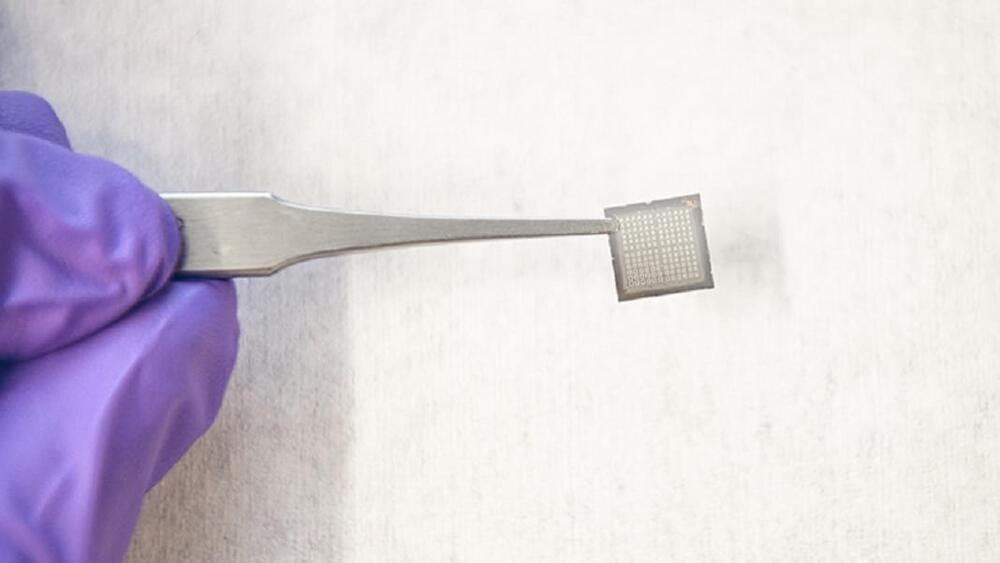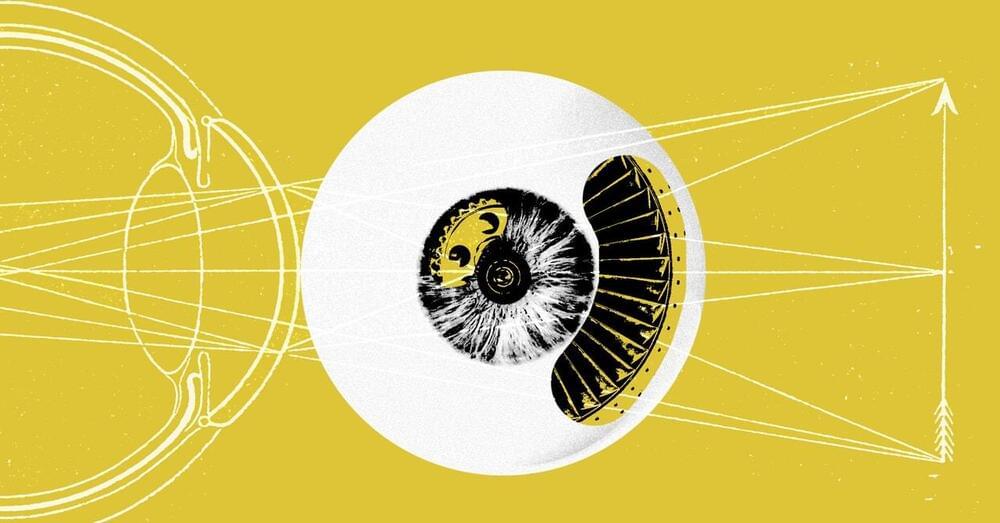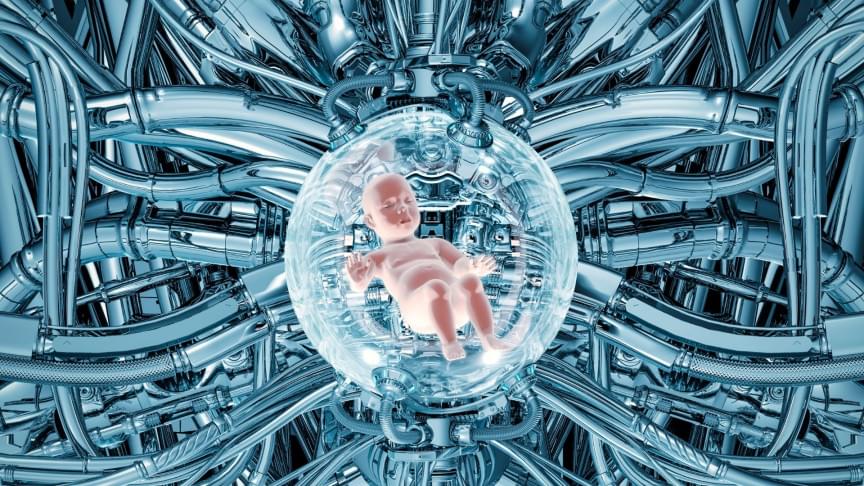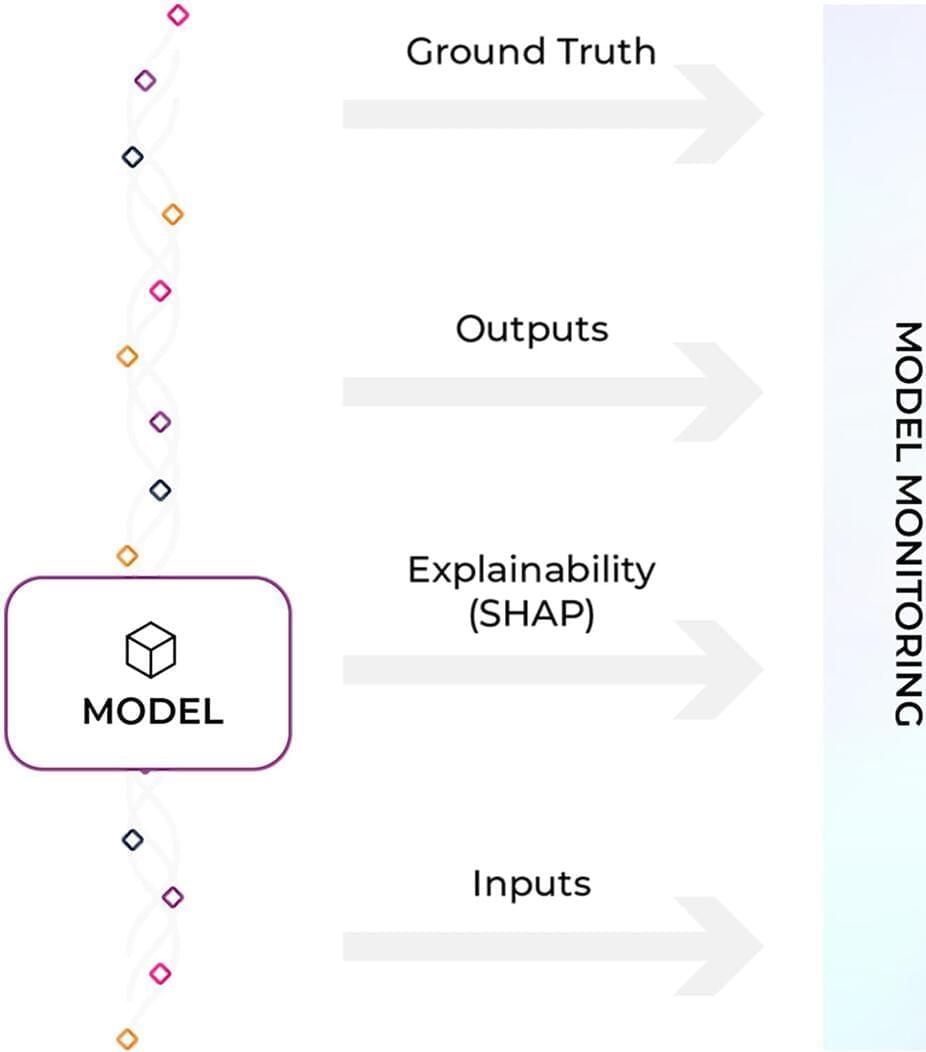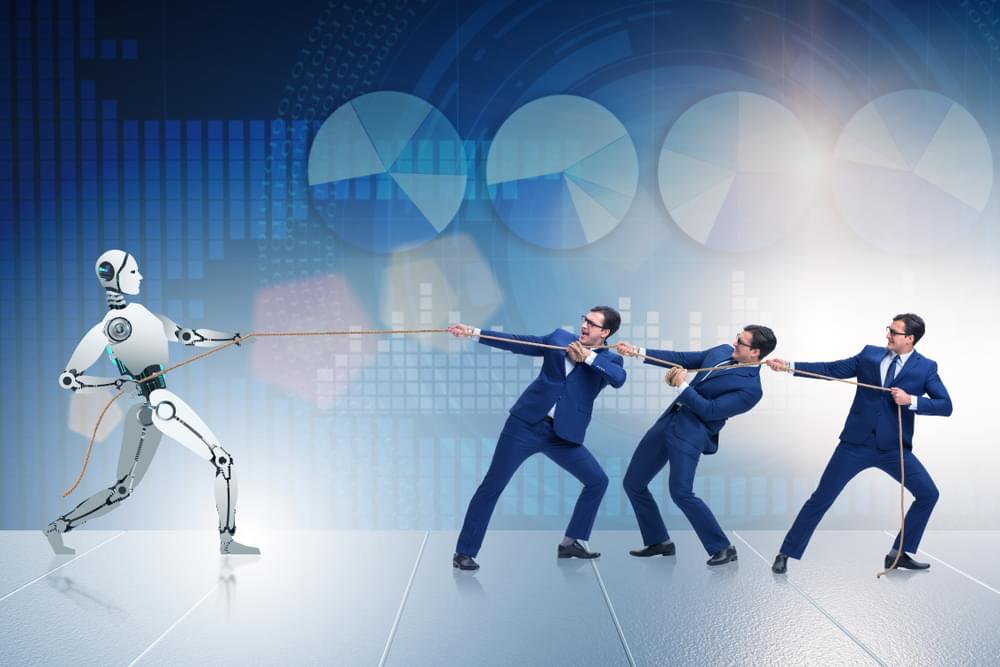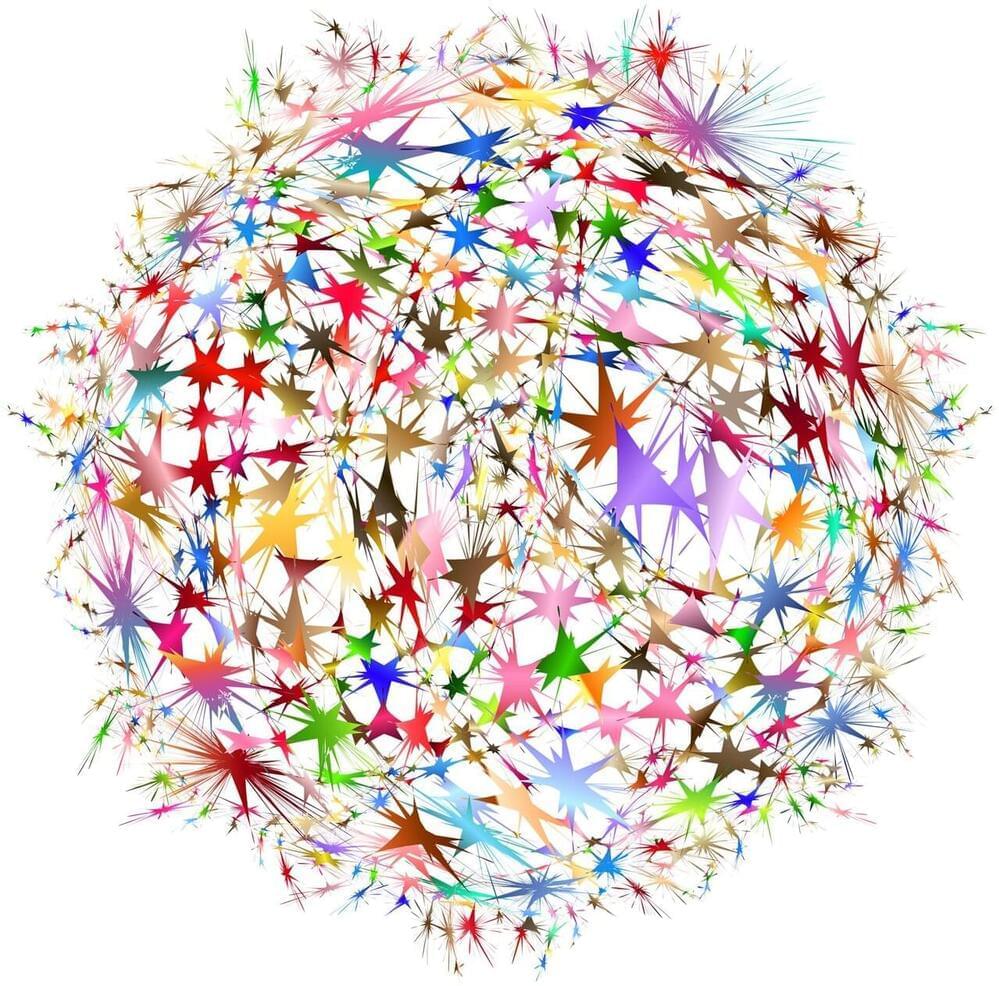Efforts to mimic the brain in silicon—a field known as neuromorphic computing—have a long pedigree, and have seen significant investments from computing powerhouses like Intel and IBM. So far, most research has focused on replicating the functionality and connectivity of biological neurons and synapses in the hope of replicating the brain’s incredible learning efficiency.
One feature of neurons that has received less attention is the way they’re able to reorganize themselves in response to experience. This powerful capability allows the brain to change both its structure and function as it learns, optimizing its underlying hardware to new challenges on the fly.
Now though, a team led by engineers from Purdue University has demonstrated new circuit components whose functions can be reconfigured with simple electronic pulses. This allows them to seamlessly switch between acting as resistors, memory capacitors, artificial neurons, and artificial synapses. The breakthrough opens the door to creating dynamic neural networks in hardware that can rewire themselves as they learn—just like the brain.
